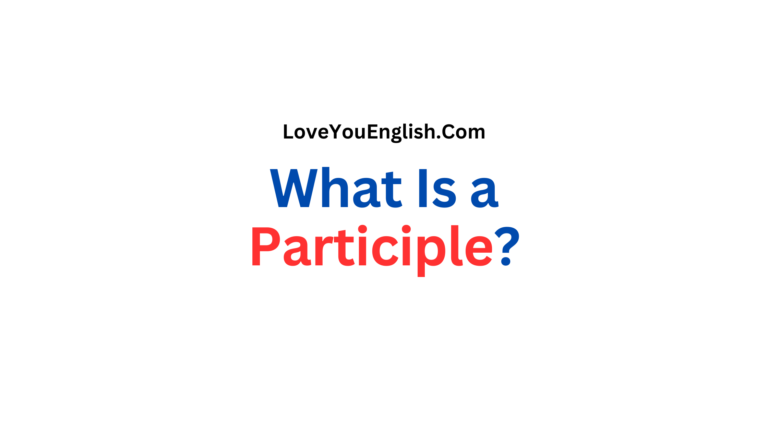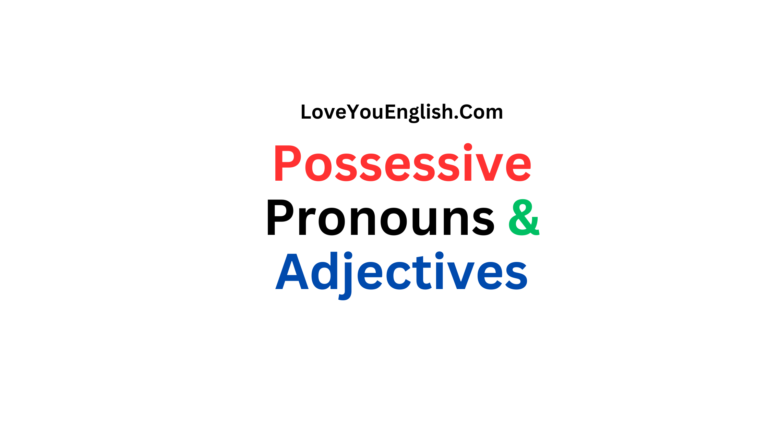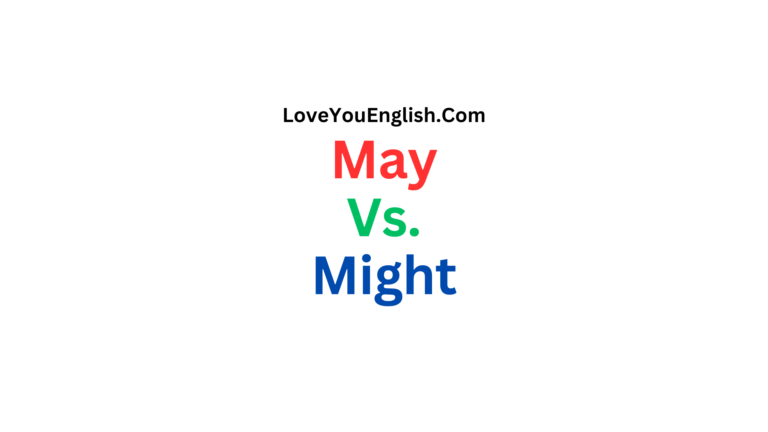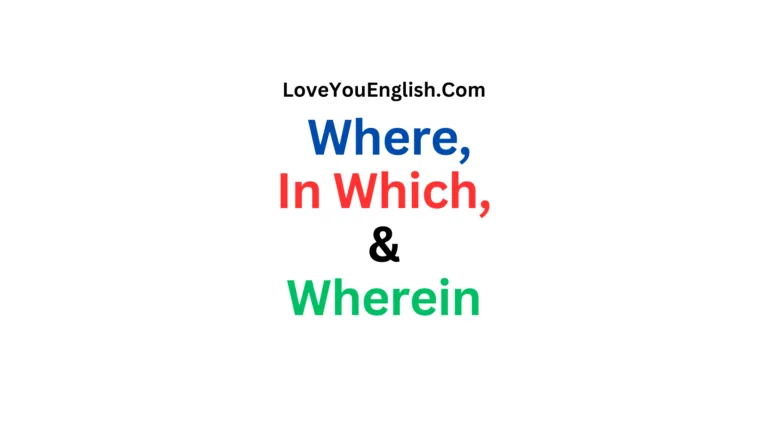Cleft Sentences for Emphasis in English
What if I told you there’s a simple way to make your sentences stand out?
It’s not about using big words or complicated grammar—it’s about something called cleft sentences.
Have you ever wanted to shine a spotlight on one part of your sentence? That’s exactly what cleft sentences do.
They’re an easy trick to add emphasis, and by the time you finish reading this, you’ll know how to use them like a pro.
In this post, we’ll explore what cleft sentences are, why they matter, and how you can use them in your everyday writing.
Whether you’re chatting with friends, writing an email, or crafting a story, cleft sentences can make your words pop.
Let’s dive in!
What Are Cleft Sentences?
A cleft sentence is a way to split a simple sentence into two parts. Why? To put extra focus on one piece of it.
Think of it like this: instead of saying, “I ate pizza last night,” you could say, “It was pizza that I ate last night.” The second version zooms in on “pizza,” making it the star of the show.
In simple terms, cleft sentences take a regular idea and break it apart to highlight something specific.
They often start with “It is” or “It was,” followed by the thing you want to emphasize, and then the rest of the sentence follows.
It’s like putting a spotlight on one word or phrase to say, “Hey, pay attention to this!”
Here’s another example:
- Regular: “She loves chocolate.”
- Cleft: “It’s chocolate that she loves.”
See the difference?
The cleft version makes “chocolate” stand out. It’s a small tweak, but it changes how the sentence feels.
Why Use Cleft Sentences?
You might wonder, “Why bother splitting a sentence?
Isn’t the regular way good enough?”
Well, sometimes it is. But cleft sentences add a little magic—they grab attention and make your point stronger.
Here are three big reasons to use them:
To Emphasize Something Important
Imagine you’re telling a story: “My dog ate my homework.” That’s fine, but what if you want everyone to know it wasn’t the cat or the hamster—it was the dog? You’d say, “It was my dog that ate my homework.” Now the focus is crystal clear.
To Sound More Dramatic
Cleft sentences can make your writing feel more exciting. Compare these:
-
- “I met a celebrity yesterday.”
- “It was a celebrity that I met yesterday.”
The second one sounds like a big reveal, right? It builds suspense and keeps people hooked.
To Clarify or Correct
Sometimes you need to set the record straight. If someone thinks you bought a car, but it was actually a bike, you could say, “It was a bike that I bought, not a car.” It’s a clean way to fix a misunderstanding.
In short, cleft sentences give you power. They let you control what your reader or listener notices most.
How Do Cleft Sentences Work?
Let’s break it down step by step. Cleft sentences might sound fancy, but they’re built on a simple recipe. Here’s how they come together:
- Start with “It is” or “It was”
This is the foundation. You’re setting up the sentence to point at something specific. - Add the Thing You Want to Highlight
This could be a person, a place, a thing, or even a time. It’s the star of your sentence. - Finish with “That” and the Rest
The word “that” connects your highlighted part to the rest of the idea.
Here’s an example to show it in action:
- Regular: “We need more time.”
- Step 1: “It is…”
- Step 2: “It is more time…”
- Step 3: “It is more time that we need.”
- Result: “It is more time that we need.”
Easy, right? You’re just rearranging the pieces to shine a light where you want it.
Types of Cleft Sentences
Cleft sentences come in a few flavors.
While the “It is/It was” type is the most common, there are other ways to play with them.
Let’s look at the main ones:
“It” Clefts
This is the classic version we’ve been talking about.
“What” Clefts
These start with “What” and often emphasize an action or feeling.
“All” Clefts
These use “All” for extra drama, often to show something is the only thing that matters.
-
- “All I want is a coffee.” (Focus: a coffee)
- “All he did was laugh.” (Focus: laugh)
Each type does the same job—putting emphasis where you want it—but they feel a little different. “It” clefts are precise, “What” clefts are smooth, and “All” clefts are bold.
Examples in Real Life
Let’s see how cleft sentences work in everyday situations.
Picture yourself talking to a friend, writing a note, or posting online. Here’s how they fit in:
In a Conversation
Friend: “Did you see the game last night?”
You: “It was the last goal that I loved!”
Instead of just saying, “I loved the last goal,” the cleft version makes it punchy.
In an Email
“It’s your feedback that we value most.”
This sounds professional and shows the reader their opinion matters.
In a Story
“It was the wind that woke me up, not the rain.”
This paints a vivid picture and keeps the reader focused on the wind.
Cleft sentences work anywhere you want to add a little oomph.
They’re versatile and fun to sprinkle into your words.
Tips for Using Cleft Sentences
Ready to try them out?
Here are some simple tips to make them work for you:
Don’t Overdo It
If every sentence is a cleft, they lose their power. Use them when you really want something to stand out—not all the time.
Keep It Natural
Clefts should feel smooth, not forced. Say them out loud to check if they sound right.
Match the Mood
Use them for emphasis, drama, or clarity—not just because you can. Make sure they fit what you’re trying to say.
Practice with Simple Ideas
Start with easy sentences like “I saw a bird” and turn them into clefts: “It was a bird that I saw.” Once you’re comfy, get creative!
Common Mistakes to Avoid
Cleft sentences are simple, but it’s easy to trip up. Here’s what to watch out for:
Forgetting “That”
Wrong: “It’s my mom called me.”
Right: “It’s my mom that called me.”
The “that” keeps it clear.
Making It Too Complicated
Wrong: “It was because of the rain and the thunder that I stayed inside.”
Better: “It was the rain that kept me inside.”
Keep the focus sharp—one thing at a time.
Using Them Too Much
“It was the dog that barked. It was the cat that ran. It was me that laughed.”
Yikes! Mix it up with regular sentences.
Why Cleft Sentences Matter
At the end of the day, cleft sentences are about control.
They let you decide what’s important in your message.
In a world where people skim and scroll, grabbing attention matters.
A well-placed cleft can make someone pause, think, and remember your words.
Plus, they’re fun!
They’re like a little game—taking a plain sentence and twisting it into something fresh.
Whether you’re writing a tweet, a poem, or a note to your boss, clefts give you a tool to play with.
Wrapping Up
So, what’s the big takeaway?
It’s cleft sentences that can transform your writing.
They’re not hard to use, and they don’t need fancy skills—just a little practice.
Next time you want to make a point, try splitting your sentence and putting the spotlight where it belongs.
Start small. Pick a sentence you say every day—like “I’m tired”—and turn it into a cleft: “It’s tiredness that’s hitting me.”
Feel the difference? With a bit of play, you’ll be emphasizing like a pro in no time.
What do you think?
It’s your turn now—give cleft sentences a shot and see how they change your words!

